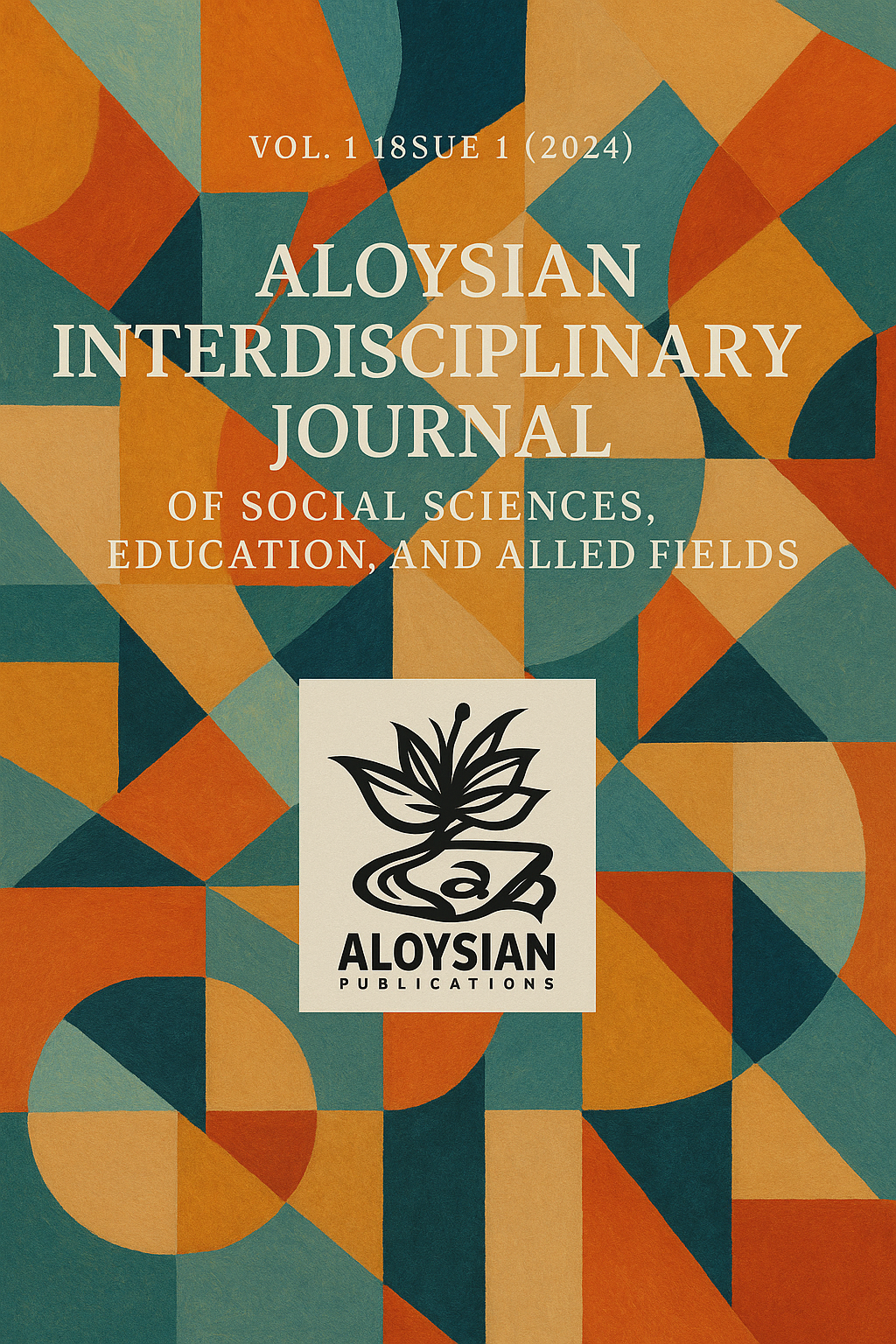Gastronomy Mapping in Tuguegarao City: Basis for A Proposed Culinary Tourism Development Framework
DOI:
https://doi.org/10.5281/Keywords:
Gastronomy Mapping, Culinary Tourism, Tuguegarao City, Local Food, Consumer Satisfaction, Tourism Development Framework.Abstract
Gastronomy has emerged as a vital driver of cultural and experiential tourism, with travelers increasingly seeking authentic culinary experiences. Tuguegarao City, the capital of Cagayan Valley, possesses a rich and distinctive gastronomic profile, notably featuring dishes like Pancit Batil Patung, Sinanta, and Lokoloko. However, this culinary heritage remains largely undocumented and untapped as a strategic tourism asset, lacking a structured framework for development and promotion.
This study aimed to conduct a comprehensive gastronomy mapping of Tuguegarao City to serve as the basis for proposing a Culinary Tourism Development Framework. It sought to profile consumers, document signature dishes, analyze factors influencing consumption and satisfaction, and gather stakeholder recommendations.
A mixed-methods research design was employed, combining descriptive-quantitative and qualitative approaches. Data were collected from 298 respondents through surveys and from 15-20 key stakeholders via semi-structured interviews. A gastronomic mapping matrix was used to systematically document culinary assets, preparation techniques, and cultural significance. Statistical analyses included weighted means and Analysis of Variance (ANOVA).
The study identified a diverse array of signature dishes, including Zinagan, Igado, and various delicacies, prepared using traditional utensils and methods. Key findings indicate that taste, aroma, and safety were the most influential factors on food quality (Weighted Mean=3.68), while word-of-mouth was the most effective promotional channel. Overall satisfaction levels were high across quality (WM=3.73), price (WM=3.41), location (WM=3.25), and promotion (WM=2.97). ANOVA results revealed no significant differences in satisfaction levels based on sex, educational attainment, or cultural affiliation.
Tuguegarao City holds significant, yet underutilized, potential for culinary tourism. The study concludes that a structured and collaborative approach is essential to leverage its unique gastronomic heritage. The proposed Culinary Tourism Development Framework provides a strategic roadmap to position Tuguegarao City as a premier culinary destination, focusing on enhancing product quality, strategic promotion, infrastructure development, and strong multi-stakeholder collaboration to achieve sustainable economic and cultural benefits.
Published
Issue
Section
License
Copyright (c) 2025 Aloysian Interdisciplinary Journal of Social Sciences, Education, and Allied Fields

This work is licensed under a Creative Commons Attribution-NonCommercial 4.0 International License.






